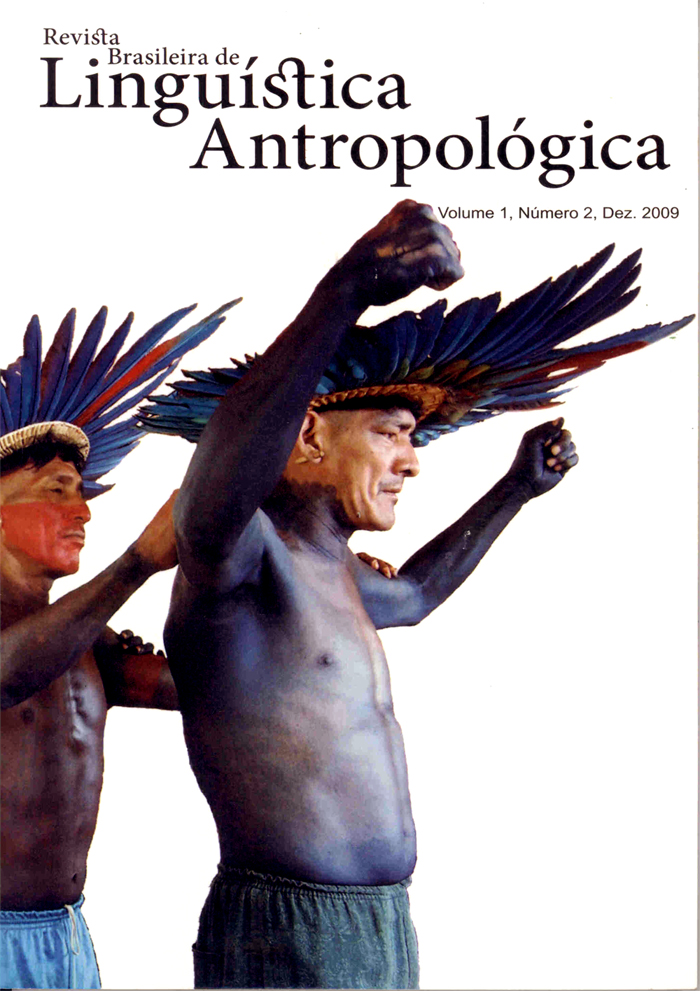A “mulher casada” nos confessionários Tupí (séculos XVI-XVII)
DOI:
https://doi.org/10.26512/rbla.v1i2.12370Keywords:
Jesuits. confession manual. Tupí language. married women. sexuality.Abstract
The confession manuals made up for the Indians of the New World in the sixteenth and seventeenth centuries were organized in the form of questions on the ten commandments. Due to the great number of detailed questions, the sixth commandment, which is related to sexuality, apparently had been the most important to the Jesuits who applied it among the Tupinambá settled under the Portuguese crown. The penitents, who were classified in categories, according to their sex and marital condition (single or married), had to answer questions related to their condition. The questions directed to the married woman in two of the Jesuit confession manuals, those by José de Anchieta (Cardoso 1992) and Antônio de Araújo (1686), allow us to perceive the representation of the feminine behavior by the confessors, which was projected into the questions on improper actions, discourse and thoughts.
References
Anchieta, José de. [s.d.].1992. Doutrina cristã. Tomo 2: Doutrina autógrafa e confessionário. Obras Completas 10o vol. Introdução histórico-literária, tradução e notas do Pe. Armando Cardoso SJ. São Paulo: Edições Loyola.
Anchieta, José de. [1584]1989. Informação dos casamentos dos índios. In: Anchieta. Textos históricos. Pesquisa, introdução e notas. Pe. Hélio
Abranches Viotti. Obras Completas. volume 9. São Paulo: Edições Loyola.
Anônimo.1751. Vocabulario de lingoa brasilica. Rio de Janeiro: Fundação Biblioteca Nacional.
Anônimo.1771. Diccionario da Lingua geral do Brasil que se falla em todas as villas, lugares e aldeas deste vastissimo Estado. Escrito na Cidade do Pará. Coimbra: Biblioteca da Universidade de Coimbra.
Anônimo. s.d. Dicionario da Lingua Brazilica. Biblioteca da Universidade de Coimbra. ms. 94.
Anônimo. s.d. Prosódia. Lisboa: Academia de Ciências de Lisboa.
Araújo, Antônio de. [1618] 1952. Catecismo na Língua Brasílica. Rio de Janeiro: Pontifícia Universidade Católica do Rio de Janeiro.
Araújo, Antônio de. 1686. Catecismo Brasilico da doutrina Christãa, com o cerimonial dos Sacramentos, & mais actos Parochiaes. Lisboa: Officina Miguel Deslandes.
Ayrosa, Plínio. [1621] 1938. Vocabulário na língua brasílica. Manuscrito Português-Tupí do século XVII, coordenado e prefaciado por Plínio Ayrosa. São Paulo: Departamento de Cultura.
Ayrosa, Plínio (org.). 1934. Diccionário Portuguez-Brasiliano e BrasilianoPortuguez. São Paulo: Imprensa Oficial do Estado. (Separata da Revista do Museu Paulista, vol. 18, 1934).
Azpilcueta, Martin 1552. Manual de confessores & penitentes Coimbra: Ioannes Alvarez, 2 volumes.
Azoulai, Martine. 1993. Les Péchés du Nouveau Monde. Les manuels pour la confession des Indiens XVI-XVII siècle. Paris: Éditions Albin Michel S.A.
Barbosa, Pe. A. Lemos.1956. Curso de Tupí Antigo. Gramática, Exercício, Textos. Rio de Janeiro: Livraria São José.
Bluteau. Vocabulário Português e Latino. UERJ. CD.
Durston, Alan. 2007. Pastoral quechua. The history of Christian translation in colonial Peru, 1550-1650. Indiana: University of Notre Dame Press.
Fernandes, Florestan. 1989. Organização Social dos Tupinambá. São Paulo: Difusão Europeia do Livro.
Fernandes, M. L. C. 1990. As artes da Confissão. Em torno dos manuais de confessores do século XVI em Portugal. Humanística e Teologia 11:47-80. Porto.
Downloads
Published
Issue
Section
License
Authors who publish in RBLA agree to the following terms:
a) Authors maintain the copyright and grant the journal the right of first publication, and the work is simultaneously licensed under the Creative Commons Attribution License, which allows the sharing of the work with recognition of the authorship of the work and initial publication in this journal.
b) Authors are authorized to assume additional contracts separately, for non-exclusive distribution of the version of the work published in this journal (eg, publish in an institutional repository or as a book chapter), with recognition of authorship and initial publication in this journal.
c) Authors are allowed and encouraged to publish their work online (eg, in institutional repositories or on their personal page) at any point before or during the editorial process, as this can generate productive changes, as well as increase impact and citation of the published work.










